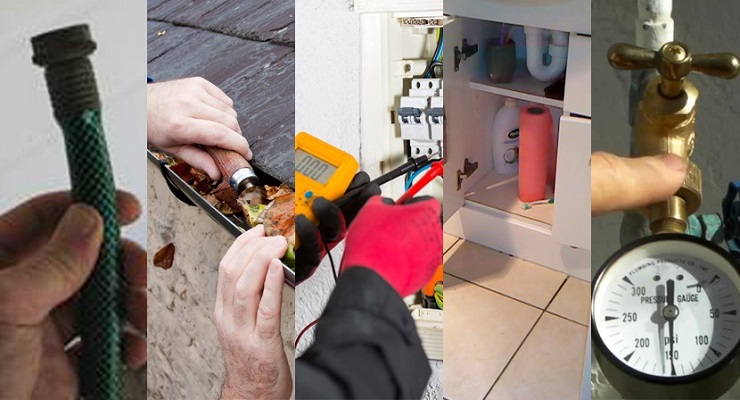Pasadena Museum of History‘s Collections Quarterly – Winter 2015 features new acquisitions as well as select items from the Archives, art and artifacts collection, and the Fenyes-Curtin-Paloheimo collections.
For over 125 years, Pasadena’s newspapers have been documenting its rich and varied history. At the end of the month, PMH will open Pasadena Pursuit, an exhibition curated by Dan McLaughlin, author of Pasadena History Headline Quiz (2013). This interactive exhibit is drawn from the headlines of local newspapers.
Both Pasadena Public Library and Pasadena Museum of History preserve copies of local newspapers. The library’s copies are saved primarily on microfilm, and PMH preserves hard copies. The collections in both institutions range from the late 1880s through current day. Alternative publications such as New Pasadena (1976-1982) and the Pasadena Weekly (1985 to present) are preserved, as well as rare publications, such as The Pasadena Eagle (1968-1973) and the Pasadena Valley Crown Vista (1891-1894).
Due to the fragile nature of the original newspapers, PMH requests that researchers first access the microfilm newspapers at Central Library, Pasadena Public Library. Once the researcher determines which issue they would like to see, they can click here to view the use policy for the original newspapers at PMH.
Click to see lists of all the bound newspaper volumes and individual newspapers held in the PMH Archives. The exhibit Pasadena Pursuit will open on January 30 opposite Mystery History, which will be a fun and engaging exhibition for all ages that will include historic photographs, artworks, and artifacts from PMH’s extensive collection.
Collections Feature
The Fenyes Mansion brims with aesthetically-pleasing antiques and artwork. Eva Fenyes’ personal style, particularly in the studio, evokes a lifestyle of splendor and elegance. Yet, she was no stranger to the modern conveniences of the new century. Hidden away in the closet of the studio is an object that was only made possible because of the great technological advances of the nineteenth century and the Industrial Revolution: a mechanical pencil sharpener.
Until the late nineteenth century, the most common method of sharpening a pencil was whittling it with a knife. Small pocket pencil sharpeners were introduced in the 1850s, and a few mechanical pencil sharpeners were patented as early as the 1860s. Yet, it was the innovation of mass production of wood-cased lead pencils in the 1870s that drove the demand for a more efficient method of sharpening pencils.
This pencil sharpener, known as the “Planetary Pencil Pointer” was made by A.B. Dick Company of Chicago. It was patented in 1896 in the US, England, France, Germany, and Belgium. The sharpener holds the pencil stationary while two milling disks revolve in a planetary motion around the pencil.
Fenyes Feature

Image: Hector Alliot, "Blanquita," Leonora Frances Curtin Paloheimo, Leonora Scott Muse Curtin, Southwest Museum, Los Angeles, December 1914 (Fenyes-Curtin-Paloheimo Papers)
A Moment in Time
In this photograph from the Fenyes-Curtin-Paloheimo Papers, “the Leonoras” stand with Hector Alliot on a balcony of the recently opened Southwest Museum. It is December 1914. Dr. Alliot, the original curator for the Southwest Society of the Archaeological Institute of America, had completed the transfer of the society’s collections to the new museum, where he would become Director in 1917. Here he focuses on the lively Blanquita, the Fenyes’ pet chihuahua, while the Leonoras gaze across the balustrade toward Los Angeles. Most likely, Eva Fenyes holds the camera, and she captures the momentary musings of three people whose work will help sustain Los Angeles’ first museum. Eva, herself a lifelong supporter and “Organizer of the Southwest Museum,” would one day give the museum more than three hundred of her beautifully rendered watercolors of old California adobes painted in the interest of preserving California’s heritage.
Today, the Southwest Museum, a one hundred year old structure, is on the National Register of Historic Places, the California Register of Historic Places, and is #283 on the City of Los Angeles Historical-Cultural Monument List.
Pasadena Museum of History, 470 West Walnut Street, Pasadena, (626) 577-1660 or visit pasadenahistory.org.












